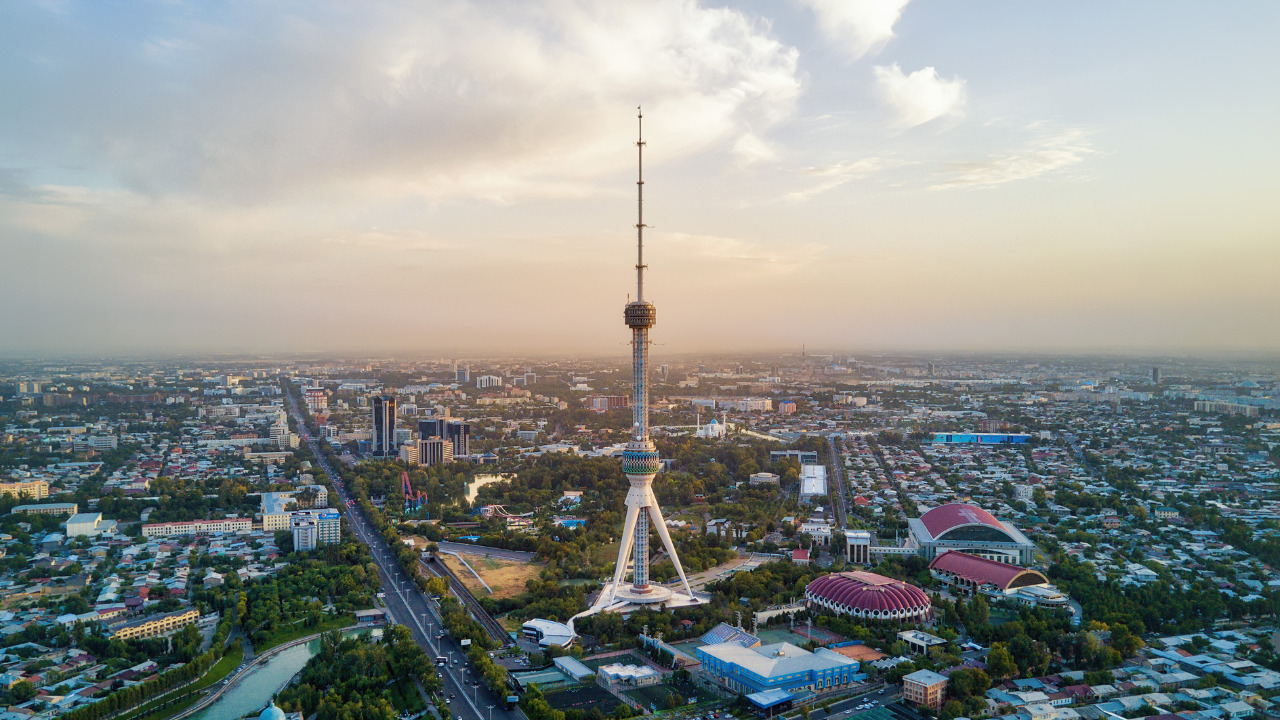Date first published: 26/01/2023
Key sectors: energy; oil and gas
Key risks: civil unrest; economic; business
Risk outlook
On 18 January dozens of residents stormed local energy facilities in the capital Tashkent and other towns in the Tashkent region due to electricity shortages. On 16 January a video emerged on social media of a woman threatening an electrician with a knife while demanding that energy supplies be restored in Chirchik, Tashkent region. The incidents came amid the coldest winter in 50 years and highlighted the severity of the associated energy crisis. Low temperatures resulted in significant energy shortages as the country’s outdated energy system has been unable to cope with such extreme weather conditions.
Why it matters
The current energy crisis has three major implications. Firstly, it increases the risk of public discontent with authorities and localised civil unrest. President Shavkat Mirziyoyev has attempted to mitigate the first by dismissing several energy officials and local authorities for their alleged failure to prevent power shortages. Most notably he sacked the mayor of Tashkent, businessman Jahongir Artykhodjaev claiming that 128 out of 584 neighbourhoods in Tashkent had suffered power and gas cuts despite power rationing being introduced. By blaming energy officials and local authorities for power shortages, Mirziyoyev reduced the risk of localised civil unrest from spreading and turning into larger anti-government protests. This risk is further mitigated through a potential crackdown by security forces on protesters and the lack of precedent for major nationwide anti-government demonstrations. Despite the mitigations, recent incidents suggest that should temperatures remain low, the number of localised civil unrest incidents will further increase. Unrest is expected to involve small-scale protests, attempts to storm local energy facilities and road blockades.
Secondly, should authorities fail to improve the situation and modernise the country’s energy system, the energy crisis and associated power shortages could undermine Mirziyoyev’s economic reforms and attempts to attract foreign investors in the long term.
Finally, the energy crisis could accelerate Tashkent’s efforts to reform its energy sector and diversify into renewable energy sources.
Background
The current energy crisis is attributed mainly to the outdated Soviet-era energy system which has not been able to react to extreme weather conditions. Low temperatures cause a decline in gas pipeline pressure which results in gas-consuming thermal power plants – that generate 90 per cent of the country’s power – being unable to keep the expected temperature of heat systems. Additionally, Turkmenistan briefly suspended gas supplies to Uzbekistan from 17 to 21 January, adding more pressure to the failing energy system.
In response to the crisis, authorities announced on 17 January that they would temporarily suspend the export of natural gas to provide for their own citizens. This angered neighbouring Tajikistan and Afghanistan – both importers of Uzbek gas and both experiencing an abnormally cold winter. Additionally on 25 December authorities in Uzbekistan signed a cooperation agreement with Russian state-owned company Gazprom under which it would import Russian gas.
Risk outlook
The dismissals of several energy and local officials suggest that authorities take the crisis seriously. However, to prevent it from reoccurring the government would need to carry out a reform of the energy system which would require significant financial capital and political will. Should Mirziyoyev’s administration fail to do so, foreign investors will be unlikely to continue pouring money into the country, fearing uncertainty and business disruption caused by power shortages.

